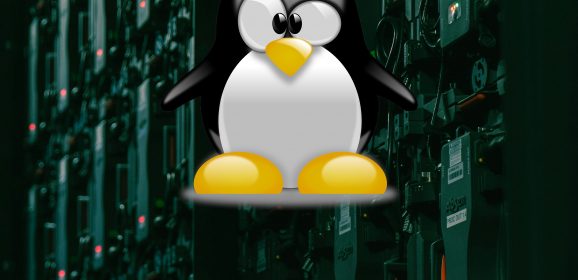Linux SSH Key Login
Linux SSH Key KB ID 0001928 Problem Having a comms background, SSH connecting to something is a procedure I’m very familiar with. You SSH to something, it asks you for a username and password, and providing that they are correct, you’re connected. Also, because the client and server negotiate the encryption of the password, the information sent over SSH is protected from being sniffed or captured. Which is great until an...
Ubuntu Static IP
Ubuntu Static IP KB ID 0001892 Problem Like most OSs out of the box the system is set to get it’s IP address from a DHCP server (i.e. dynamically). On the rare occasions I’m deploying Linux its to perform a specific task, so in nearly all cases I want it to have a static IP. Here is how to achieve that. Solution : Ubuntu Static IP Disable Cloud-Init Since Ubuntu version 18.04, it has shipped with this enabled, you can proceed with it...
KVM Bridge Network
Bridge Network KB ID 0001891 Problem Not sure why KVM does not come preconfigured for this out of the box, and it took me a very long time to work out how to do this. But if you want your KVM VMs to behave as if they are on your production LAN (rather than the default of setting up DHCP and NAT). The default is fine but if you want to access your VMs from outside the host you need to setup bridged networking. In my example I want my...
Install Ubuntu KVM
Ubuntu KVM KB ID 0001890 Problem I’ve been looking at KVM for a couple of reasons, firstly people are looking at VMware alternatives, now there’s no ‘free version’, and secondly the firm I work for have potentially a large KVM to VMware migration on the horizon, so I thought I’d build it on the test bench and see how best to address that migration scenario. Note: This was written with Ubuntu version 24.04,...
Certificate Chain Incomplete
KB ID 0001570 Problem The certificate here at PNL expired over the weekend, I got a new one and installed it. All appeared to be fine until I did an online check to make sure it was OK. The server’s certificate chain is incomplete Solution I had this problem once before, back then I was using Apache and CentOS7, and things were a little different, (now I’m using NGINX and Ubuntu 18.04). Essentially you see this error...
Linux – Install VMware Tools
KB ID 0001330 Problem Note: This is to install the VMware Tools NOT the OPEN-VM-TOOLS. I’ve had to do this a few times now, and every time I Goolge how to do it, I get pages of instructions on how to install the open vm tools. When what I really want is to install the VMware Tools. Solution I’m using vSphere ESX, but even if you are using VMware Workstation or VMware Fusion, you can still select ‘Install/Upgrade...
Nginx Error – 413 Request Entity Too Large
KB ID 0001325 Problem A few weeks ago I did a series on setting up a new WordPress site, shortly after I had some problems uploading my caching plugin (wp-rocket). This was the error I got; 413 Request Entity Too Large nginx/1.10.3 (Ubuntu) Anyway, I fixed the error, and a few days later I got an email from someone with the same problem, so I thought this time I would document the fix. Solution Note: I’m going to raise the...
Ubuntu: Setting Up a WordPress Website with LEMP – Part 3
KB ID 0001320 Problem So you want your own web server running WordPress? Previously in Parts One and Two, we setup a new Linux box, and got all the prerequisites installed. Now it’s time to deploy WordPress. Solution There are a few extra bits we need to add to the PHP installation before we setup WordPress, to get those installed run the following command; sudo apt-get install php-curl php-gd php-mbstring php-mcrypt php-xml...
Ubuntu: Setting Up a WordPress Website with LEMP – Part 2
KB ID 0001319 Problem Back in part one we deployed the server and setup our database, now we are going to setup our nginx web server, and get it to work with PHP. Solution Install NGINX To get the nginx package installed; sudo apt install nginx Now ensure nginx is set to start automatically with the server, and manually start the service. sudo systemctl enable nginx sudo systemctl start nginx Make sure it’s up and running;...
Ubuntu: Allow SSH access for ‘root’ user
KB ID 0001317 Problem First of all not being able to connect to your Ubuntu server via SSH as root is ‘by design’, and it’s a perfectly good security measure. I do find it interesting that every hosting company I ever used, spin up a new machine and then email me the root password and they’ve enabled it anyway? I needed to enable this recently and the internet is full of posts saying ‘just edit the...







